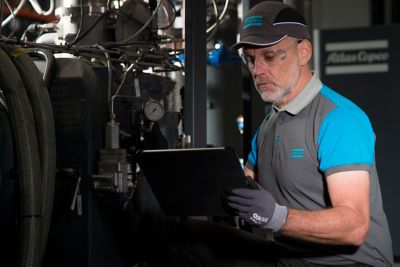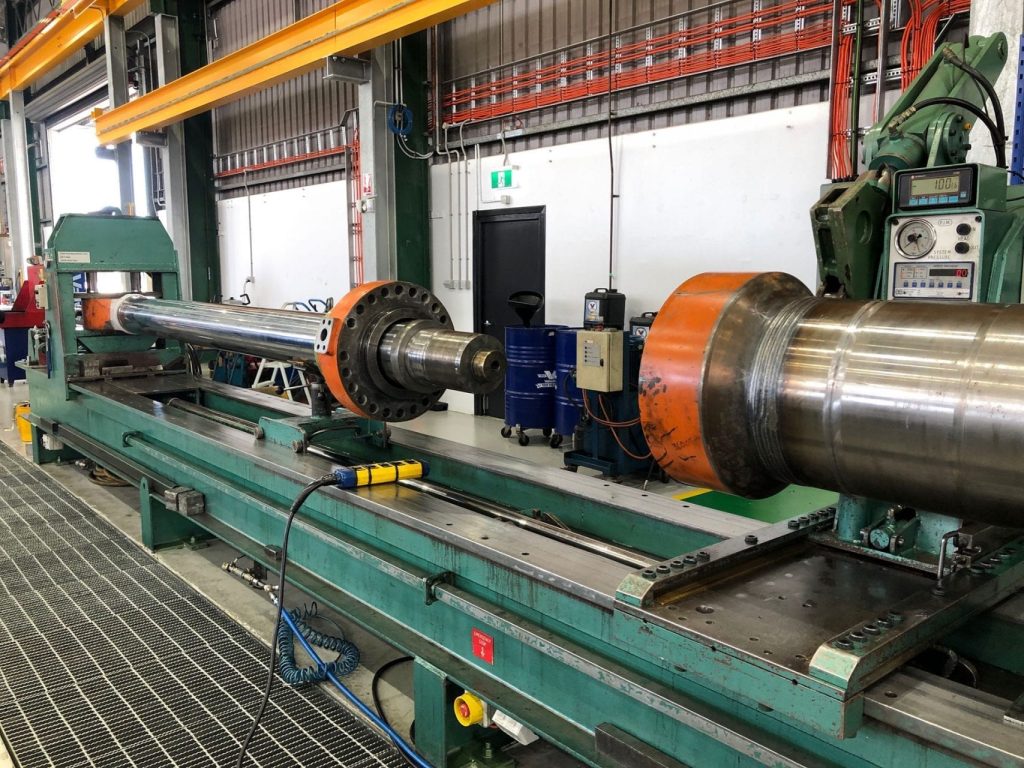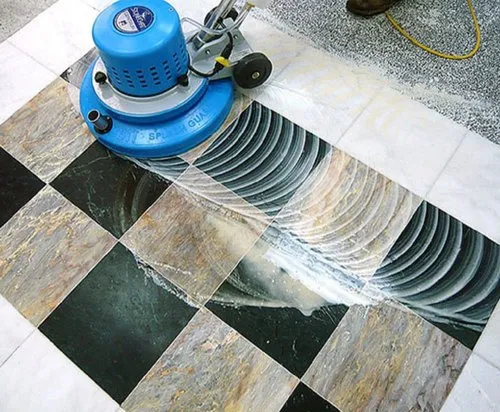The Complete Process of Installing an Air Compressor Explained in Detail
Installing an air compressor involves careful planning and preparation to ensure safety, efficiency, and long-term performance. The first step in the installation process is choosing the right location. Ideally, the compressor should be placed in a clean, dry, and well-ventilated area with sufficient space around it for maintenance and air circulation. The surface must be level and strong enough to support the weight and vibrations of the unit. It is important to consider noise levels, temperature, and access to power and air distribution lines during this stage. Once the location is finalized, the next step is preparing the site. This involves clearing any debris or obstructions from the area and possibly installing vibration pads or a solid base to reduce operational noise and wear. Adequate lighting should be ensured for regular inspection and maintenance. In some cases, mounting bolts may be needed to anchor the compressor securely. Planning the layout of piping and electrical connections in advance will help streamline the rest of the installation process and avoid unnecessary delays.
Electrical setup comes next and must be done with great caution. The power supply should match the compressor’s voltage and phase requirements, and it is recommended to use a dedicated circuit to avoid overloading. Circuit breakers and fuses must be appropriately rated, and wiring should follow local electrical codes. If the compressor requires a motor starter, pressure switch, or control panel, those components should be installed by a qualified electrician to ensure proper and safe operation. After the electrical components are in place, the focus shifts to the air piping system. It is essential to use the correct size and type of piping to avoid pressure drops and ensure efficient airflow. The layout should minimize sharp bends and long runs, and include drains, filters, and shut-off valves. Properly designed piping not only improves performance but also reduces moisture and contaminants in the air system. Installing a receiver tank, if not built-in, will help regulate pressure and reduce compressor cycling.
Ventilation and cooling are critical for the longevity of the compressor. The installation area must have adequate airflow to dissipate the heat generated during operation. In enclosed spaces, it may be necessary to install exhaust fans or ducting to maintain a safe temperature. Routine maintenance areas such as the oil level gauge drain valve, and filter must remain accessible, and the compressor should never be placed near flammable materials or exposed to corrosive fumes. A complete inspection and test run should be performed before regular operation begins. This includes checking for air leaks, verifying pressure levels, and her explanation ensuring all safety features such as pressure relief valves and emergency shut-off switches are functional. Once the system passes the inspection, it can be integrated into the work environment. Regular maintenance schedules should be established immediately to keep the compressor operating efficiently and safely for years to come.









